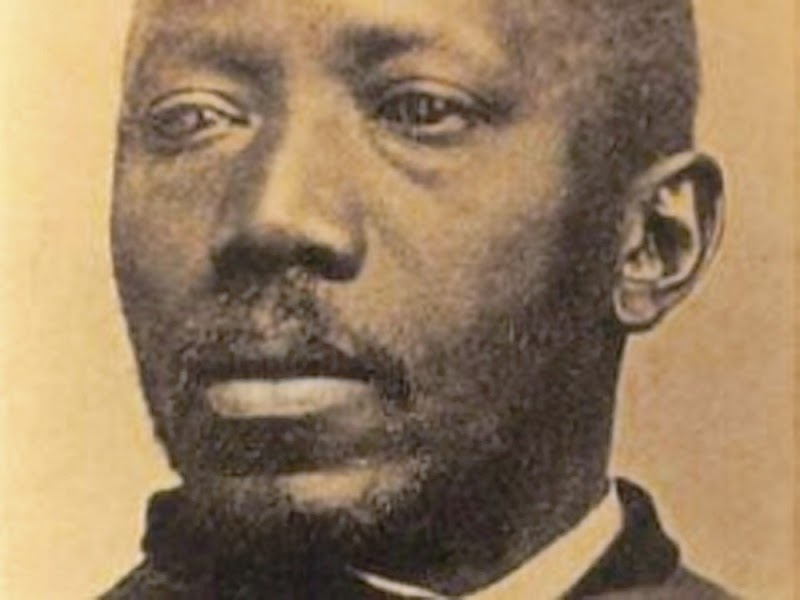Honoring Black History Month
February 12, 2021
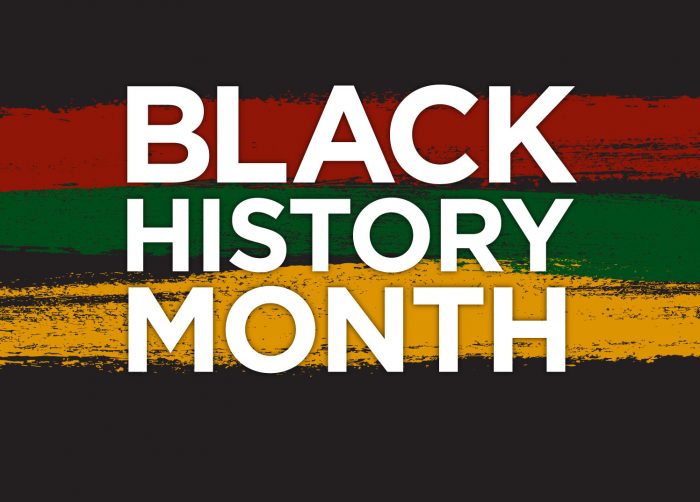
February - week 4
GRADE 3
Ms. Niki Sidiropoulou & Mr. Christos Kosmidis and their Grade 3 students studied Ruby Bridges and her journey as the first African American child to desegregate an all-white Elementary School in New Orleans, Louisiana on November 14, 1960. After reading about Ruby Bridges as part of their reading curriculum, they collaborated with Mr. Kosmidis in STEAM to create virtual environment scenes from her life.
GRADE 4
Dr. Zoi Tziviltzidou & Ms. Yemi Solomon and their Grade 4 students completed an inspiring project on Human Rights inspired by Freedom speeches in December. See here Freedom Speeches for the Museum of Human Rights.
Inspired by their Social Studies anti-slavery unit and the A21 Walk for Freedom that Pinewood high school students took part in last October, Grade 4B students virtually visited the Canadian Museum for Human Rights to learn more about equality, fairness and anti-racism. Students read about social activists of the 19th and 20th centuries, particularly about the life of Martin Luther King Jr, Rosa Parks and Harriet Tubman, and they wrote their very own Freedom Speeches to proclaim their support to their causes.
And by the end of February, both Grade 4 classes will have covered the context and many notable biographies in Black History linked to their Transdisciplinary Learning Unit 3 who we are ‘Important Individuals’ where students will make slides/posters of a scientist/politician, athlete or other, to tell us why they are inspired by that individual, his/her achievements that changed modern history and what famous quotes bring that history to life.
GRADE 10 (Physical Education)
Mr. Kostas Kakaroudis and his Grade 10 P.E. students will dedicate a unit to the evolution of racism through sports and the impact of African Americans on sports and American society.
They will explore great African American athletes who, for different reasons, contributed to the fight against of racism in sports. Along the way, students will learn that athletes who are engaged in social protest and social activism today are part of a much larger tradition of social protest among athletes through history. Students will learn about the following great African American athletes during this P.E. unit.
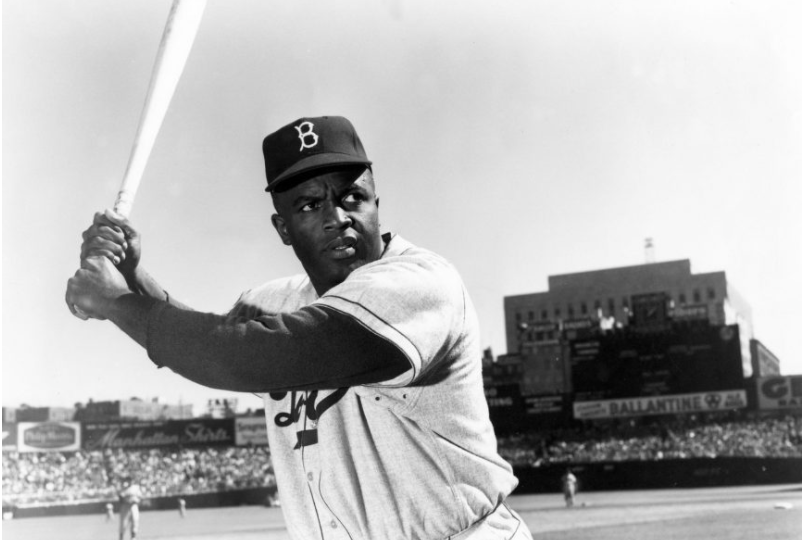
- Jackie Robinson was the first African American to play in Major League Baseball in the modern area and broke baseball’s “color line” in 1947.
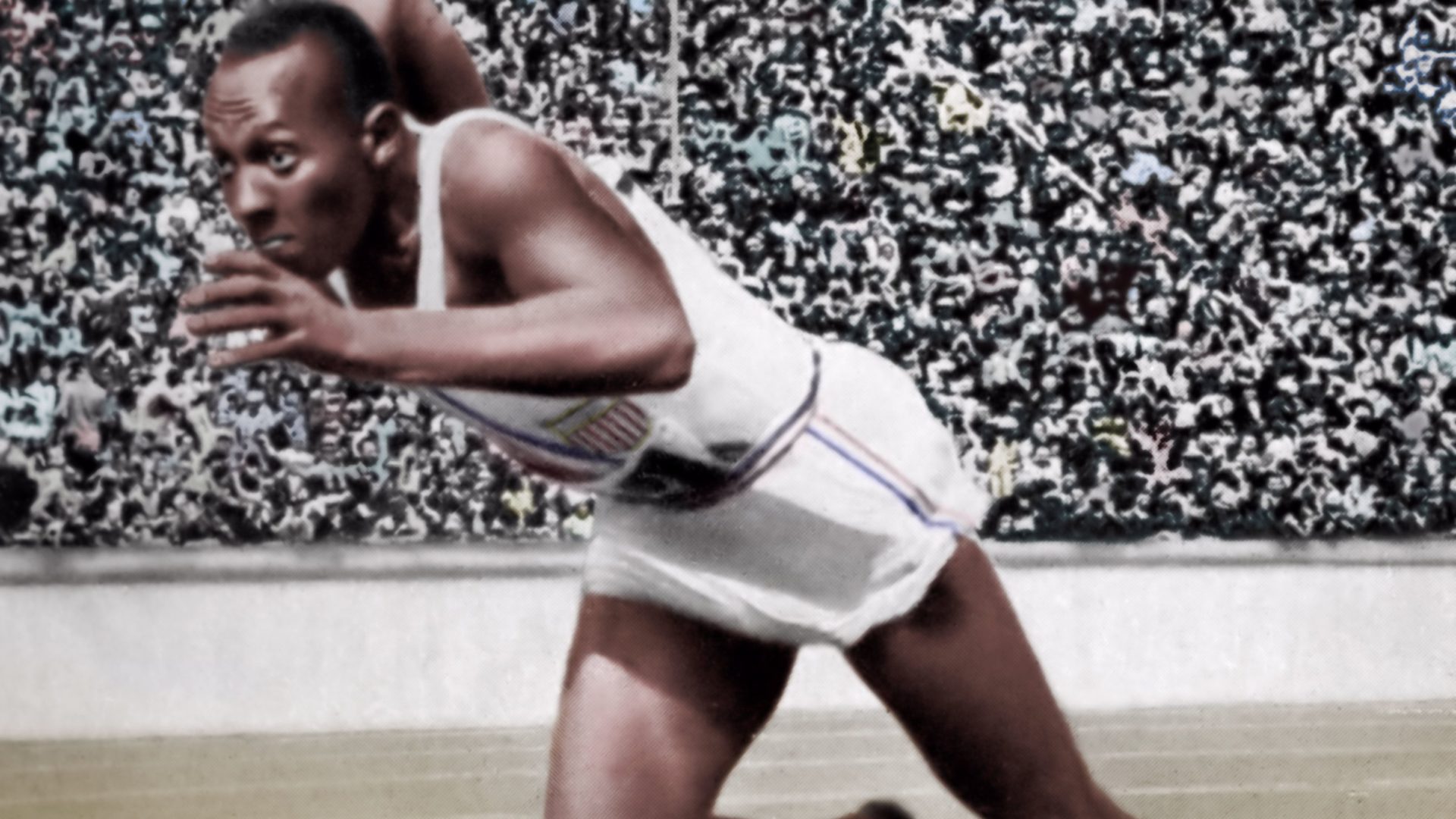
- Jesse Owens was recognized as perhaps the greatest and most famous athlete in track and field history, winning 4 gold medals at the 1936 summer Olympics in Berlin, Germany, and crushing Hitler’s myth of Aryan supremacy.
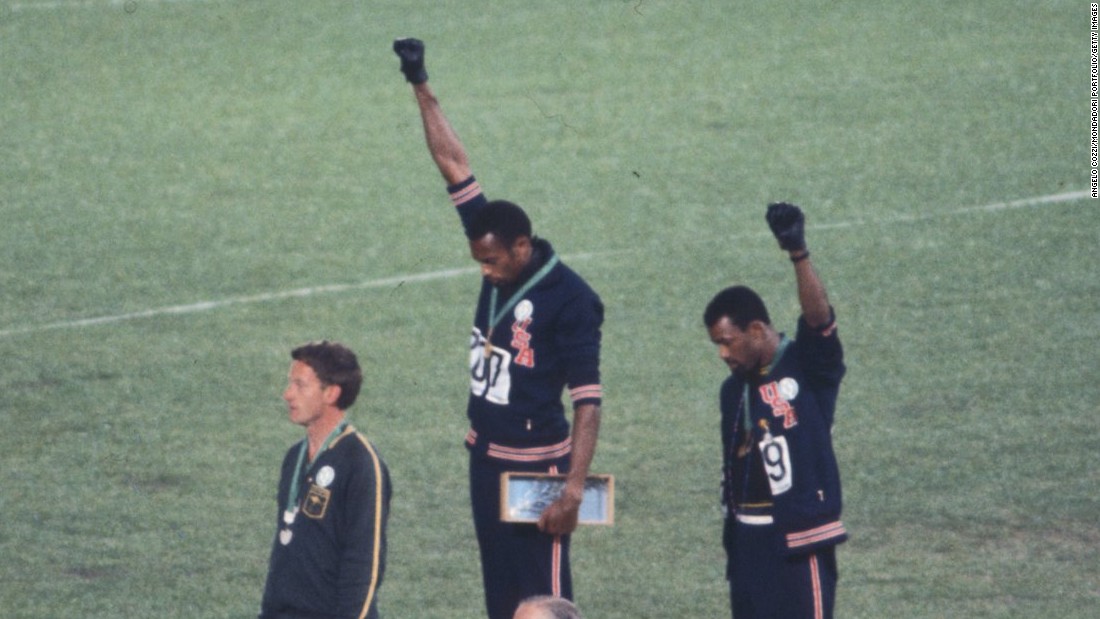
- Tonnie Smith and John Carlos were African American sprinters who, during the medal ceremony in the Mexico Olympic games 1968, protested racial inequality in America by raising their fists while wearing black gloves.
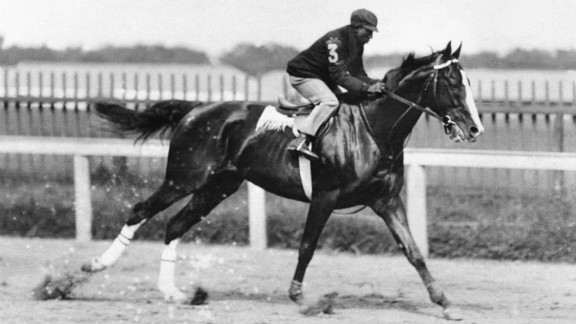
- Mardon St. Julien is an equestrian professional in thoroughbred horse racing who, in the year of 2000, was the first African American jockey to ride in the Kentucky Derby after 79 years of this event.
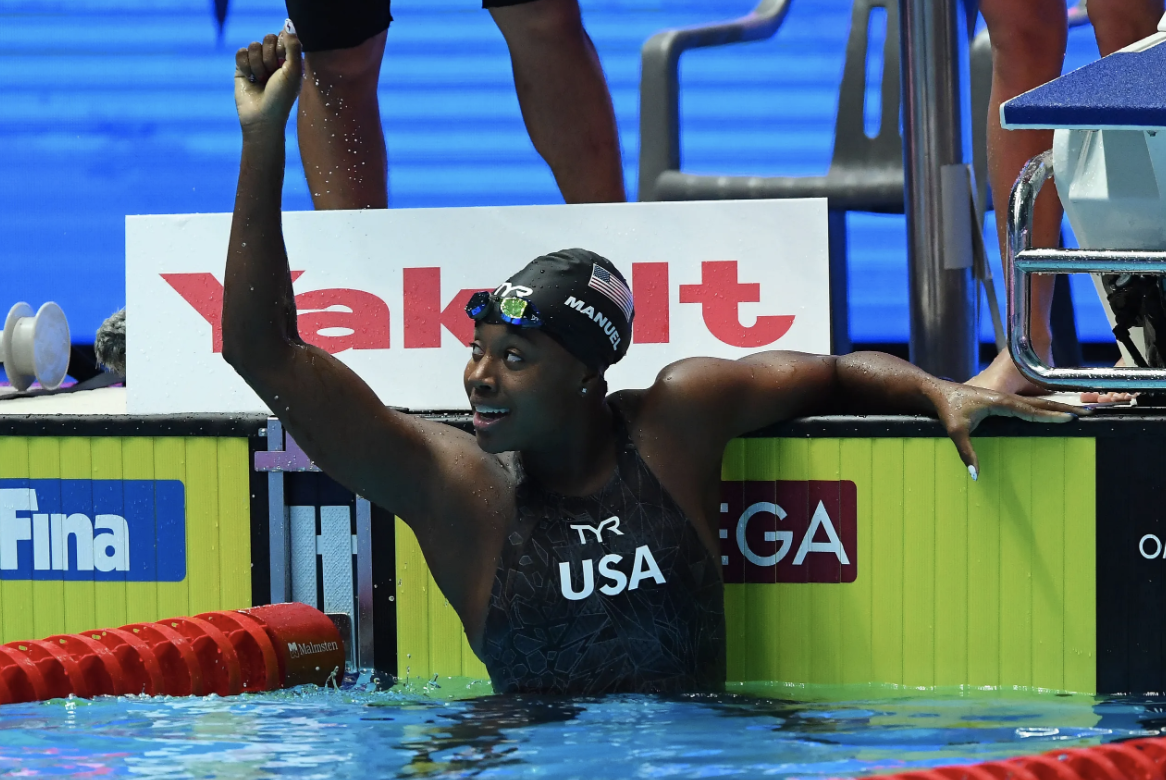
- Simone Manuel is the first African-American woman to win an individual gold medal in swimming during the Rio Olympics 2016.

- Lebron James is the well-known professional African American basketball player who, in December 2017, wore one white Nike shoe and one Black Nike shoe both with the word equality written on the back.
GRADE 11 (IB1)
In Dr. Apostolos Rofaelas’ & Dr. Ourania Chatsiou’s Grade 11 IB1 history classes, Black History Month will be observed as part of their literary unit on Chimamanda Ngozi Adichie’s novel Americanah (2013), a coming-of-age story or bildungsroman set in a post-colonial/migratory frame, which amongst others focuses on the evolution of racism, the tension of adaptation and resistance to white norms, the re-writing of black-female sexuality, and the concepts of Afropolitanism and a hybrid/transnational identity.
Our primary focus will be on raising students’ awareness of modern-day forms of racism and of the fact that in many respects racism has assumed more subtle and nuanced forms that are potentially harder to detect and fight against, but are as oppressive and disastrous as the more overt/blatant forms pf racism and racial discrimination we’ve grown to be more alert to. Taking their cue from specific relevant extracts from the book, the students will conduct online comparative research on the evolution of racism (from the beginning of slave-trade to the 21st century) and present their findings in class in the form of a ppt/prezi presentation (Ss will be given the choice to work in pairs or individually).
For a wonderful TEDTalk from Chimamanda Ngozi Adichie, see The Danger of a Single Story.
As the description states, “Our lives, our cultures, are composed of many overlapping stories. Novelist Chimamanda Adichie tells the story of how she found her authentic cultural voice — and warns that if we hear only a single story about another person or country, we risk a critical misunderstanding.”
GRADE 12 (IB2)
Dr. Rofaelas and Dr. Chatsiou and their Grade 12 IB2 students studied key speeches by Michelle Obama, former First Lady of the United States, as a way to gain understanding around the perseverance of African American culture and its pervasive influence in world culture. Students were required to study a “Body of Work”, which means at least 6 texts. This work was also part of the IB2 students’ preparation for their Individual Oral tasks.
February - week 3
This week, we share units from Pinewood’s Elementary and Secondary classes that focus on Black history and culture in the United States. We are so proud of the work that our teachers are doing to teach about diverse perspectives and challenging themes.
GRADE 4
Fiona Gillies says about teaching black history through art, “Representing voices other than the white male gaze regarding art is a definite passion of mine, and many other art teachers.” Ms. Fiona is teaching a Faith Ringgold project with Grade 4 students at the moment. Faith Ringgold is an American artist from Harlem who is best known for her narrative quilt art.
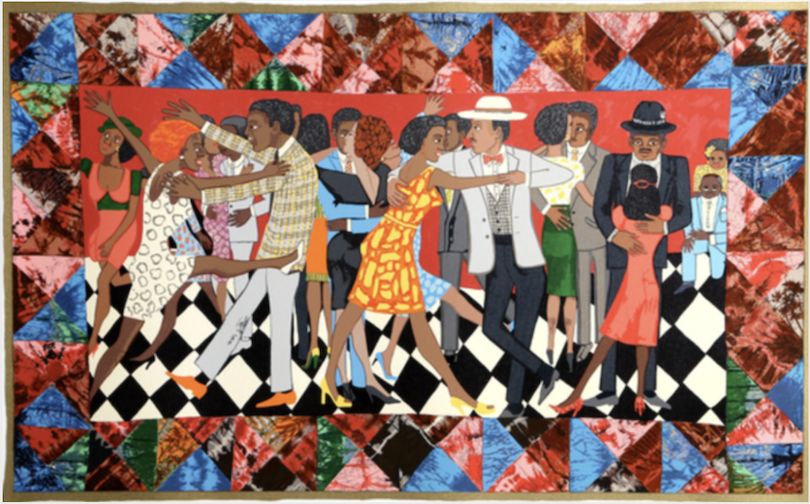
Groovin' High, 1996
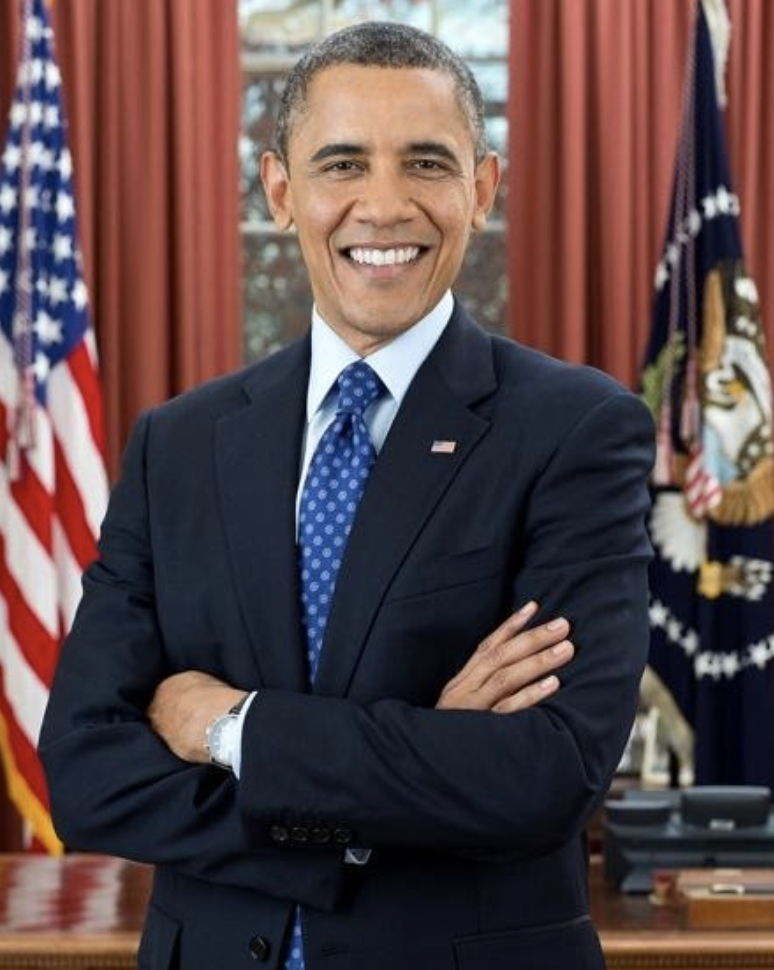
GRADE 5
In January, Ms. Erin Trotter and Ms. Karen Georgacacos and their Grade 5 students studied black history through their non-fiction reading unit. Students researched black Americans in order to learn about important themes related to race relations, civil rights, and equality. At the same time, students practice valuable, transferable skills such as text features, note taking, and identifying key ideas to complete the research process.
With their research, students create a visual report to highlight the life and achievements of a famous black American of their choice. Here are the individuals that our students chose to research: Michael Jordan, Barack Obama, Rosa Parks, Mohammad Ali, Martin Luther King Jr., Simon Biles, Gabby Douglas, Lizzo, Arthur Andersen, Jackie Robinson, Booker T. Washington, Niel DeGrasse Tyson, Dwayne Douglas Johnson, James Meredith, and Harriet Tubman.
GRADE 10
In September & October, Dr. Linda Manney and her Grade 10A students read The Piano Lesson, by August Wilson.
In preparation for reading and writing about the African-American experience, students watched and wrote about two videos on The Great Migration. We encourage you to watch them, too.
History Brief: The Great Migration (4 minutes)
The Great Migration and the power of a single decision, by Isabel Wilkerson: TED Talk (18 minutes)
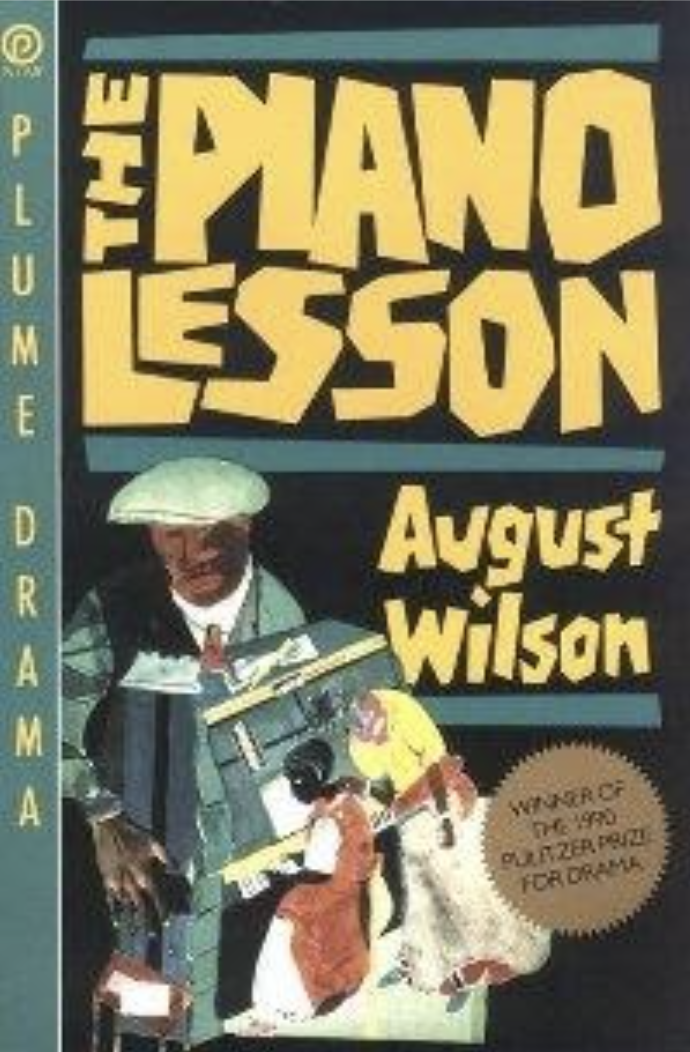
Students also watched videos of the work of Black artists who gained prominence during the Black Arts Movement of the 1960’s, such as Alvin Ailey and Aretha Franklin, and they talked about how August Wilson was influenced by the Black Arts Movement.
After reading the play, students engage in a creative writing project based on important themes in The Piano Lesson, by August Wilson, wherein they are required to speak in the voice of one character from the play.
Finally, students write a research essay which focused on a topic related to the sociocultural context of the play, The Piano Lesson. Among other things, students learn that African American Vernacular English is NOT incorrect English, but is instead a recognized dialect of modern English, with roots in plantation creoles. This is one example of the important lessons that are learned during this unit.
GRADE 8
Ms. Amalia Spiliakou and her middle school Art through the Ages II students travel outside the United States to study Belle, a period drama film set in the 18th century and inspired by the true story of Dido Elizabeth Belle, the illegitimate mixed-race daughter of a Royal Navy admiral. The film revolves around the Zong Massacre of 1781 that led to the Slave Trade Act 1807, which abolished British participation in the African slave trade.
After watching the film, students study the painting about which the film was inspired. This 1779 painting of Dido Elizabeth Belle beside her cousin Lady Elizabeth Murray, at Kenwood House, was commissioned by their great-uncle, William Murray, 1st Earl of Mansfield, Lord Chief Justice of England.
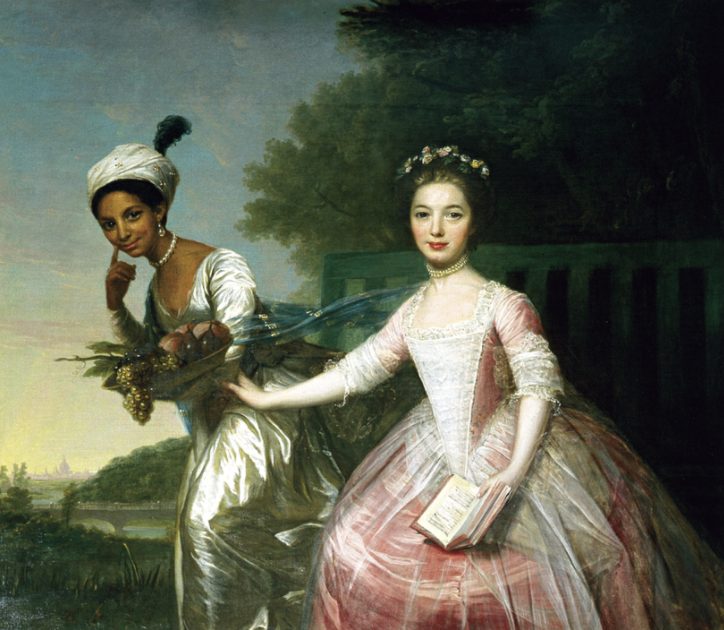
David Martin, 1737 – 1797
Portrait of Dido Elizabeth Belle Lindsay and Lady Elizabeth
Murray, 1778, oil on canvas, Scone Palace, Scotland
February - week 2
In February, Dr. Ourania Chatsiou and her Grade 7 students focus on the genre of the personal narrative with the reading of the first chapter of Maya Angelou’s autobiography, I Know Why the Caged Bird Sings, in which Angelou establishes her powerful voice against racial discrimination and inequility. Using this as a springboard, students are introduced to the history of racism, the civil rights movement, and the current global situation regarding race relations in the United States.
Also in February, Dr. Ourania Chatsiou and her Grade 8 students study the poetry of Langston Hughes, George Moses Horton, and Maya Angelou. Students closely read select poems and inform their readings by choosing articles from the Guardian’s website on Black History Month. With new knowledge, they present to the class their understanding of each writer’s contribution to the empowerment of African Americans and the safeguarding of their rights.
These 3 writers are key figures in African American literary history and ‘must reads’ for every educated person.
Maya Angelou was an American poet, memoirist, and civil rights activist. As an African American, Angelou experienced firsthand racial prejudices and discrimination in Arkansas. Friend and fellow writer James Baldwin urged Angelou to write about her life experiences. The resulting work was the enormously successful 1969 memoir about her childhood and young adult years, I Know Why the Caged Bird Sings. The poignant story made literary history as the first nonfiction bestseller by an African American woman.
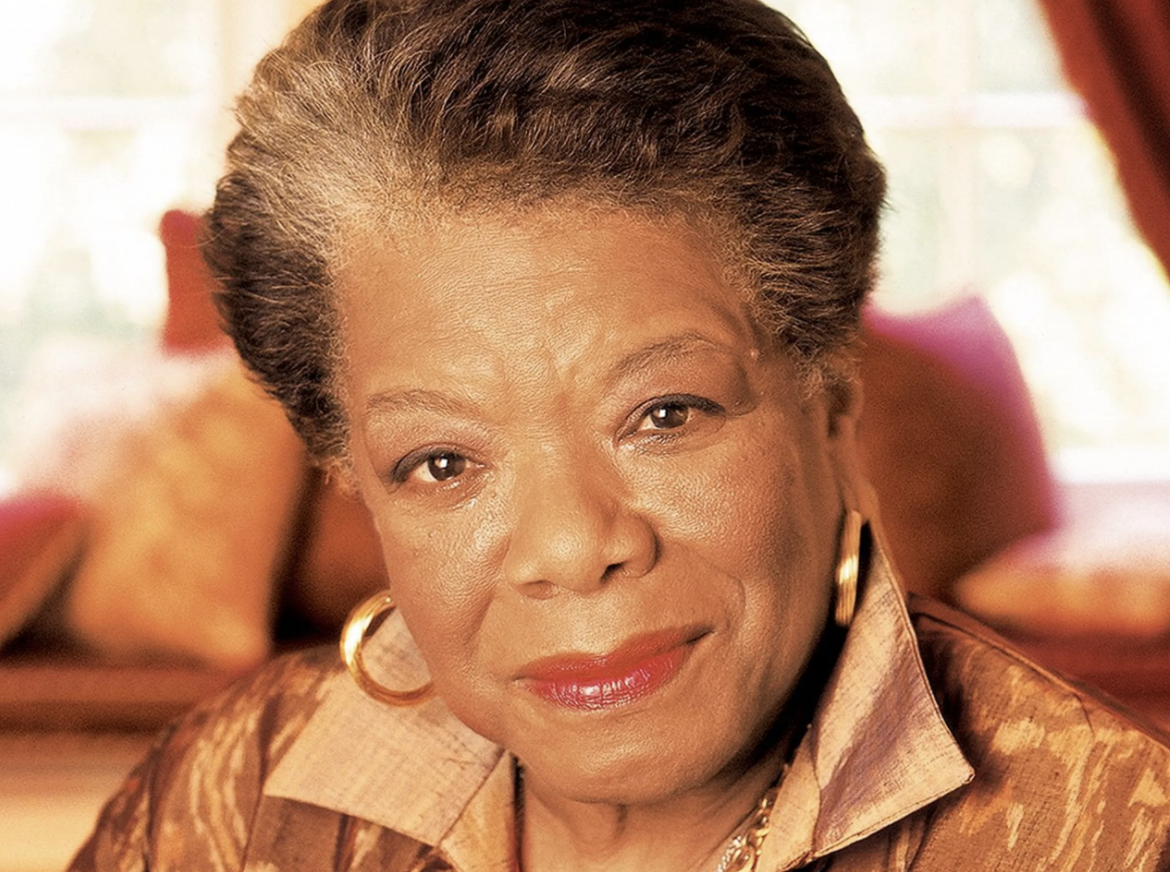
Langston Hughes was an American poet, social activist, novelist, playwright, and columnist from Joplin, Missouri. He was an early innovator of the then-new literary art form called jazz poetry. Langston Hughes is best known as a leader of the Harlem Renaissance, an intellectual and cultural revival of African American music, dance, art, fashion, literature, theater and politics centered in Harlem, Manhattan, New York City, spanning the 1920s and 1930s.

George Moses Horton, “the Black bard of North Carolina”, was an enslaved African-American poet in the antebellum south. His poetry collection, ‘The Hope of Liberty’ (1829), was intended to earn enough to purchase his freedom, but failed to do so. He did eventually become free, but not until 1865, when the Emancipation Proclamation reached North Carolina. The Emancipation Proclamation was the order issued by President Abraham Lincoln that set the course for eventually breaking down the institution of slavery.
